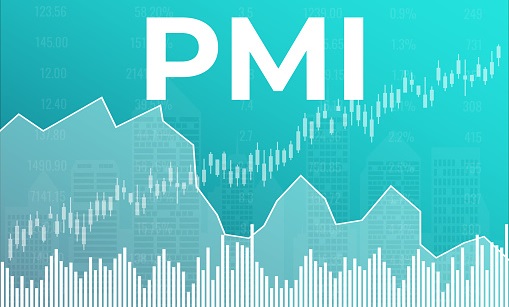The US trading session was mixed this afternoon after the US copied the European PMI data, in that better manufacturing readings were seen, but still well below expansionary territory.
The S&P Global US Manufacturing PMI number increased to 46.8 in January of 2023 from 46.2 in December, beating market forecasts of 46, preliminary estimates showed.
The US dollar was slightly lower, while stocks failed to build on yesterday’s bumper gains as tech stocks appeared overbought. News that the Germany and the US were sending tanks to the Ukraine also weighed slightly on sentiment.
Still, the reading continued to point to another contraction in factory activity which was the second-fastest since May 2020 as manufacturing demand conditions remained subdued.
Output contracted following another sharp drop in new order inflows, with firms highlighting the impact greater costs were having on client demand.
The rate of decline in new business was the second-fastest in over two-and-a-half years and firms cut their workforce numbers for the first time since July 2020.
On the price front, input costs increased at a faster pace, ending a sequence of moderation in cost inflation that began in mid-2022 while output prices also rose. Vendor performance deteriorated only marginally, with supply chain disruption much reduced from that seen in 2022.
The S&P Global US Services PMI increased to 46.6 in January 2023, up from 44.7 at the end of 2022 and above market expectations of 45.0, a preliminary estimate showed.
The latest reading signaled a solid fall in service sector output, but one that was the softest since last October, amid customer hesitancy and high inflation. The decrease in new business was only marginal overall, while employment rose only fractionally and backlogs of work declined further.
On the price front, input cost inflation accelerated and output price inflation was unchanged from December. Finally, business confidence reached a four-month high amid hopes that domestic and external demand conditions improved.




